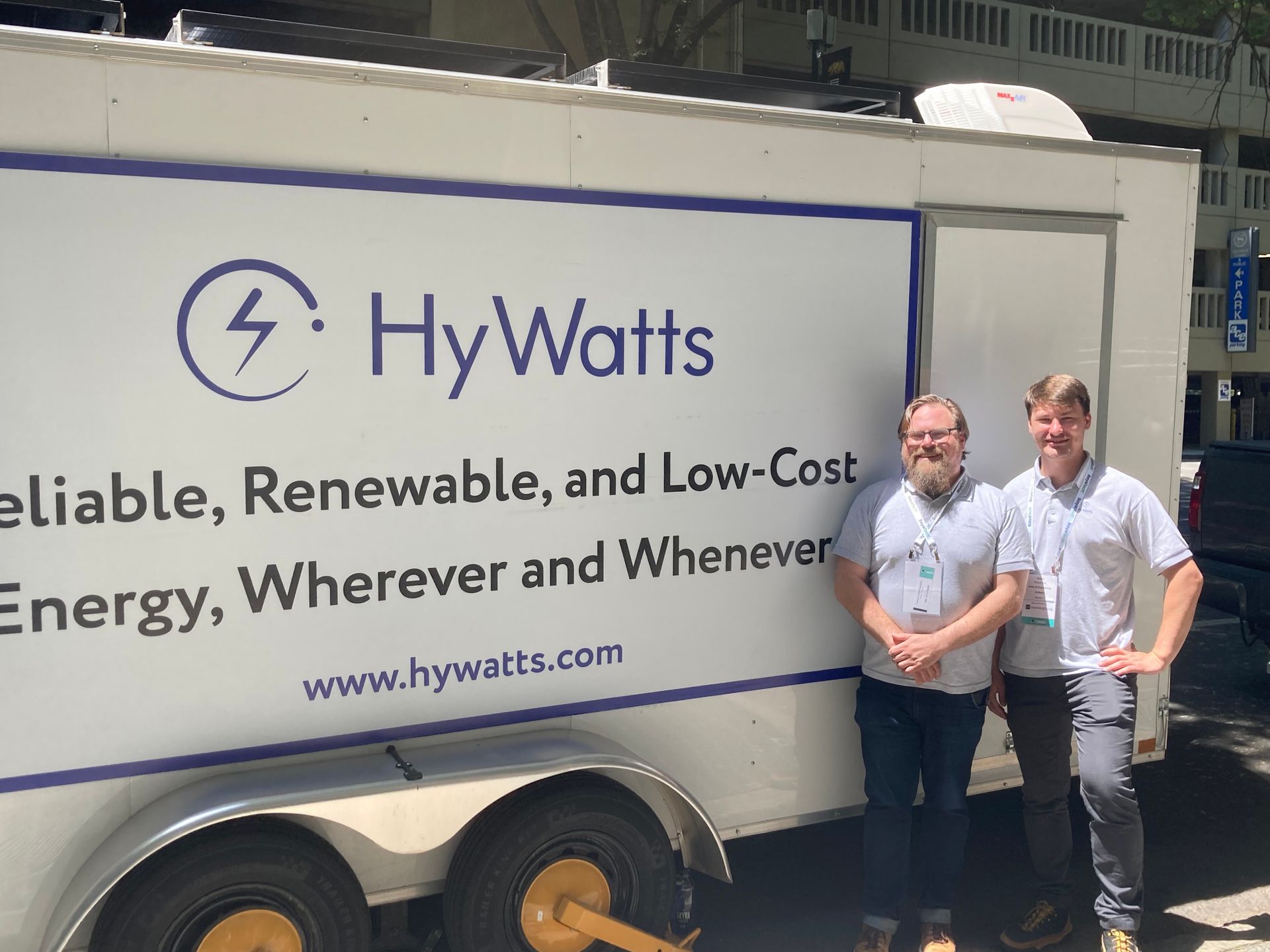What I Learned At The California Hydrogen Leadership Summit
Is There Any Oxygen For America’s Hydrogen Industry?
The saying, “As goes California, so goes the nation,” is an apt description of our nation’s hydrogen future. Listening to the leaders, legislators, regulators, utilities, car and truck manufacturers and project developers doing the spade work for the industry over the last two days at the California Hydrogen Leadership Summit in Sacramento, there was a mix of hope and hype amidst the unstable air turbulence created by the administration in Washington, DC.
Chicken And The Egg
Hydrogen’s paradox is that consumers and shipping companies aren’t buying hydrogen-powered cars and trucks because the infrastructure doesn’t exist yet to support them, and projects to create infrastructure and fueling aren’t getting funded because few people are buying hydrogen-powered vehicles.
This is why the industry is so nervous about Congress repealing the Inflation Reduction Act’s 45V tax credits. Like with electric vehicles and solar panels, only the government is large enough to create an industry with societal benefits. No hedge fund or cluster of venture capital firms is large enough to fill this gap, and tax credits under 45V signal to private investors that investing in hydrogen carries less risk.
The counterargument is that these nascent industries should be able to stand on their own without government support, which conveniently ignores that the government funds the roads we drive on, the internet was created by the Department of Defense during the Vietnam War, and the oil industry still benefits from a 25% production tax credit that Congress passed in 1916, which is one of the reasons gas doesn’t cost $8/gallon.
I don’t think any of those arguments hold sway with an administration that seems hellbent on reclaiming a revisionist history of a glorious 20th-century energy past. There was a general resignation that hydrogen development tax credits will be on hold for at least the next four years.
The project developers I spoke with were universally more optimistic about the ability to prove their technology concepts in Europe, where there’s a greater appetite for cleaner fuels.
Those Swinging For The Fences Are Striking Out
Fifteen years ago, there was tremendous hype around converting algae into a negative carbon-emitting transportation fuel. Oil majors invested millions into research, and while some of that was PR window dressing, there were high hopes that within a decade, hundreds of millions of gallons of algae fuel would replace fossil-based gas and diesel. The dream never panned out, and today, algae’s best use cases--wastewater treatment and cosmetics—— are far less grandiose.
I mention this because some of the conference attendees shared the overexuberant belief that a full-on hydrogen-fueled economy was just around the corner, even though there’s no large-scale pipeline distribution system in the United States and very few fueling stations (and little to no federal money to support either).
The most promising projects were much smaller in scale. HyWatts, for instance, demonstrated a small hydrogen system that could be used as a backup energy source for industries that need 24/7 uptime, like data centers that are currently reliant on diesel generators in emergencies.

While it may be an overused baseball metaphor, the industry needs to hit a bunch of singles and doubles to prove its use cases and cost competitiveness before it tries to hit home runs.
Strong Value Propositions Are More Important Than Ever
As anyone who reads my posts knows, it drives the marketer in me mad when a clean technology company claims its value proposition is solving climate change.
Repeat after me: unless you have a solution for a specific audience's pain point, you don’t have a business; you have a cool science project.
The good news was that I encountered several companies whose missions were aspirational but who could also identify a customer who would benefit from their solution.
We’ve helped build the brands of waste to energy companies, like the dairy digester builder/operator Regenis, who captures methane from cow poop and turns it into clean burning biogas. Similarly, I met the CEO’s of two companies, H Cycle and Raven SR, who are in the early stages of capturing methane from decaying municipal solid waste like construction materials and using it to make hydrogen. I single out the value propositions of these two companies not just because they are creating a negative carbon energy source, but because they solve the problem of waste haulers and landfill operators who need to meet more stringent regulations on air pollutants, and because the business model is based on tipping fees, not tax credits.
Get On The Bus
While most of the focus of hydrogen transport is on passenger vehicles and long-haul trucks, the beachhead may very well be buses, specifically transit agency buses in rural areas. Electric buses aren’t a good fit for agencies that have to cover a wide geography, both because of their short range and the length of time it takes to recharge them. Hydrogen’s advantage has always been that a single tank can travel further and be fueled quickly, which is key because the entire bus fleet has to be powered in a small overnight window.
The immediate hurdle for these small transit agencies is how to pay for a fleet of hydrogen buses and the ever-present problem of making hydrogen at a price competitive with diesel. Still, hydrogen seems like a much smarter bet for transit agencies trying to meet air quality and reliability goals than electric buses.
Final Thoughts
The headwinds out of Washington aren’t the only problem the hydrogen industry is facing at the moment. The goal of price-competitive $2/kg hydrogen necessary to displace natural gas, CNG, LNG, and diesel is nowhere in sight, and even if it were, the infrastructure to deliver it through pipelines and fueling stations doesn’t exist.
The good news is that there was a ballroom full of smart, committed people in Sacramento who aren’t deterred by the last paragraph.
Air quality agencies understand the social benefits of replacing diesel trucks with hydrogen, especially for low-income and minority communities who suffer disproportionately from fossil fuel pollution because they are more likely to live near highways, airports, and industry.
Utilities are scoping out hydrogen pipeline routes and regulators are creating safety regulations about how to transport it.
Toyota and Honda are committed to making more zero-emission fuel cell vehicles.
And California’s hydrogen hub is providing funding (at least for the moment) to scale projects across a spectrum of industries.











